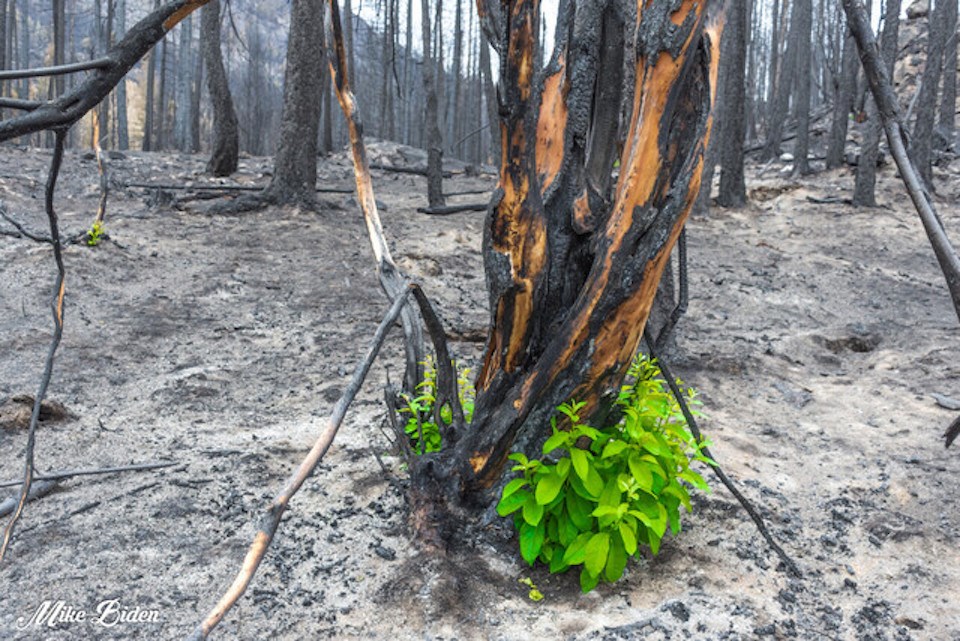Members of the Osoyoos Indian Band are welcoming a new approach to provincial forestry agreements aimed at faster action harvesting forests damaged by wildfire, and quick reforestation afterwards through First Nations leadership.
New "Wildfire Salvage Opportunity Agreements" (WSOAs) announced Wednesday by the Ministry of Forests will "enable the timely direct award of forestry licences to First Nations for salvaging timber damaged by wildfire," according to a news release.
"Streamlining the process to harvest timber affected by wildfire will support mills by ensuring they can access fire-damaged logs before they degrade and still have commercial value."
Record-breaking wildfire seasons in recent years spurred the project.
"We have heard loud and clear from First Nations that they want more opportunities to participate in forestry. New Wildfire Salvage Opportunity Agreements are another step in our journey to advance reconciliation in the sector," said Katrine Conroy, Minister of Forests.
Wildfires affected more than 864,000 hectares of forests in British Columbia in 2021 with only approximately five per cent of the area expected to be salvaged this year. Included in that was the devastating Nk'Mip Creek wildfire on Osoyoos Indian Band land.
"WSOAs will provide an opportunity for First Nations to secure salvage timber volumes under licence, adding to the work that forest companies are already performing," reads the news release.
"The agreements will increase harvest activities in fire-damaged forests, while providing meaningful employment and economic benefits to communities. One of the additional benefits is that expedited harvesting creates the opportunity to rehabilitate forest lands faster, through silviculture and forest regrowth."
Specific WSOAs will be negotiated with First Nations, for 1-3 year periods. Timber volumes are expected to be 2,000-50,000 cubic metres.
Accelerating access to fire-damaged timber was one of the key recommendations from the BC Pulp and Paper Coalition to keep mills operating and support forestry jobs.
Individuals within the Osoyoos Indian Band are pleased to see progress in including Indigenous voices and expertise when it comes to wildfire recovery.
"We have worked hard with Vaagen Fibre Canada to identify where harvesting should take place and where the land should be left to recover on its own. When we can identify and manage an entire landscape after a wildfire for water protection, such as wildlife corridors, surviving trees and shrubs, and culturally significant areas, immediately after a wildfire has burned, then we can restore the land and emphasize our management values," said Vern Louie, forest manager with the OIB.
Dan Macmaster, professional forester with the OIB, feels similarly.
"WSOA will provide a more efficient opportunity for First Nations to identify, manage and recover from traditional lands that were subjected to wildfire. This landscape-level approach will give the Osoyoos Indian Band the ability to make key decisions on harvesting, protecting and restoring the diversity of areas devastated by the wildfire, as well as plan for the reforestation of important shrubs and trees on the land," Macmaster said.
"Issuing a WSOA licence in a timely manner will allow the Band to harvest value from the burnt sawlogs, provide jobs in the recovery and restoration efforts, and clean up a wildfire area to make it safe for hunters, gatherers and recreators."



